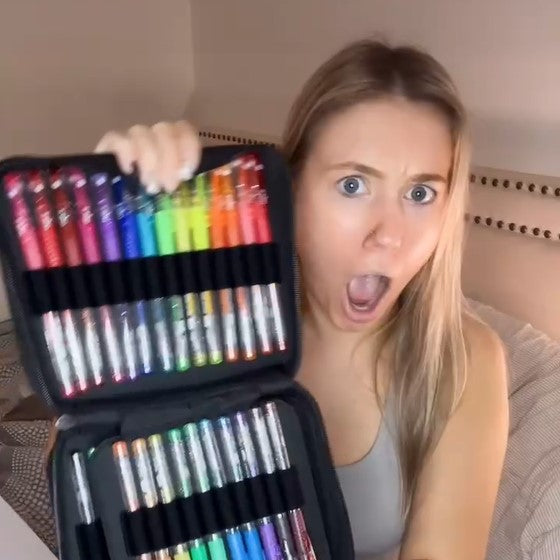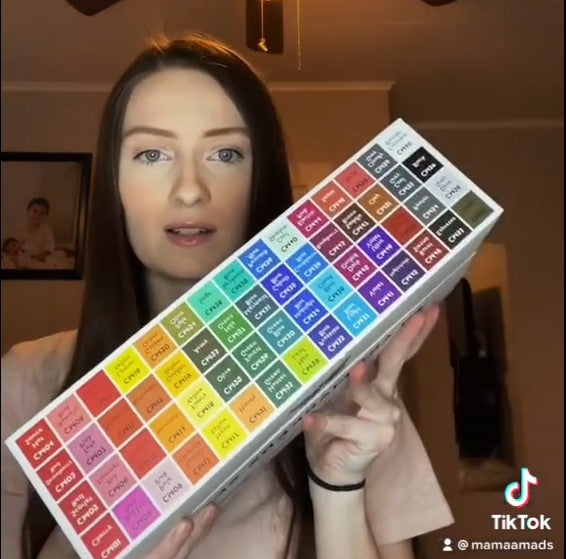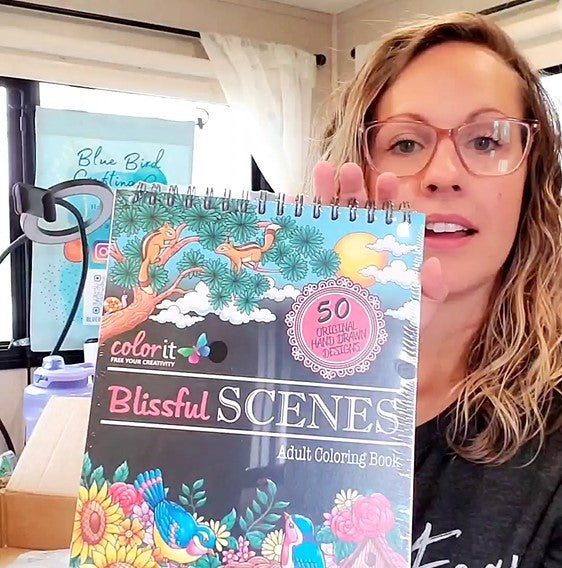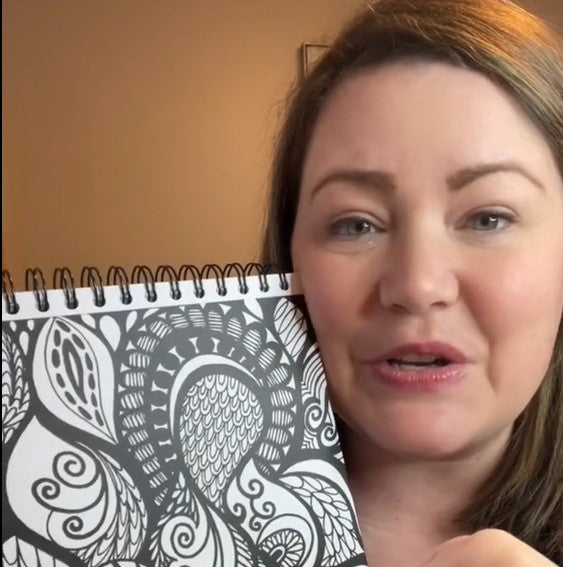Coloring Techniques and Tricks
Posted by ColorIt Store Owner on
If you're new to adult coloring, you may be wondering how to create more detailed and realistic coloring projects. That's where coloring techniques and tricks come in. By mastering different techniques, you can add depth, dimension, and texture to your coloring projects and create more lifelike and expressive designs.
Shading
Shading is a coloring technique that is used to add depth and dimension to a project. It involves using different shades of a single color or multiple colors to create the illusion of light and shadow. There are a few different shading techniques that you can use, depending on the type of coloring tool you are using. For example, if you are using pencils, you can create shading by applying more or less pressure to the pencil, or by layering different shades of color. If you are using markers or paints, you can create shading by layering colors or by using a blending tool to smooth out the transition between colors.
Blending
Blending is a coloring technique that is used to create a smooth, seamless transition between colors. It involves using a blending tool, such as a blending pen or a brush, to mix and merge colors together. Blending is especially useful for creating gradients or for blending colors that are adjacent to each other. It can be a bit of a challenge to master, but with practice, you can create smooth and seamless blends with any type of coloring tool.
Cross-Hatching
Cross-hatching is a coloring technique that involves creating intersecting lines to add texture and depth to a project. It can be achieved with any type of coloring tool, including pencils, markers, and paints. To create cross-hatching, you simply need to draw a series of parallel lines in one direction, and then draw another series of parallel lines in the opposite direction. The lines can be close together or farther apart, depending on the desired effect. Cross-hatching is a great technique for adding texture to a coloring project and creating the illusion of depth.
Stippling
Stippling is a coloring technique that involves creating a series of small, closely spaced dots to create a textured effect. It can be achieved with any type of coloring tool, including pencils, markers, and paints. To create stippling, you simply need to draw a series of closely spaced dots, using more or fewer dots to create different levels of texture and density. Stippling is a great technique for adding texture to a coloring project and creating the illusion of depth. It can be a bit time-consuming, but the results can be well worth it.
Outlining
Outlining is a coloring technique that involves adding a line around the edges of a project to define the shape and form of an object. It can be achieved with any type of coloring tool, including pencils, markers, and paints. To create an outline, you simply need to trace the outline of an object with a steady hand and a consistent line width. Outlining is a great technique for defining the edges of an object and creating a sense of structure and form. It can also be used to create a contrasting effect, by using a different color or line width for the outline.
---------------------------
There are countless coloring techniques and tricks that you can use to add depth, dimension, and texture to your coloring projects. From shading and blending to cross-hatching and stippling, there are plenty of techniques to choose from. The key is to find the techniques that work best for you and your coloring style, and to experiment with different combinations to see what works best. So next time you sit down to color, don't be afraid to try out some new techniques and see what you can create.
Share this post
0 comment







